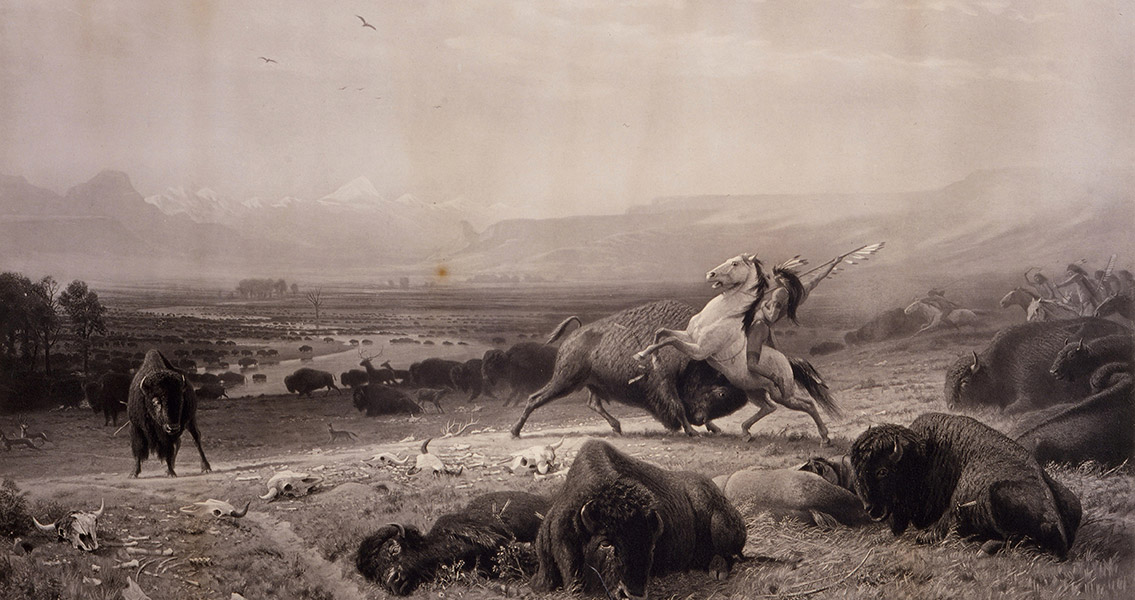<![CDATA[He’s been referred to as “the most important skeleton ever found in North America” by numerous experts over the years. Kennewick Man - as the 9,000-year-old remains of the Paleoamerican have widely become known as - was discovered in 1996 near the city of Kennewick, in eastern Washington. Now, after a two-decade legal battle sparked by the discovery, it’s been determined that Kennewick Man is in fact related to modern populations of Native Americans and can be claimed and buried under the Native American Graves Protection and Repatriation Act (NAGPRA). Under NAGPRA, museums which receive federal funding and possess Native American skeletal remains are required to reach an agreement with Native American tribes, about the best way to repatriate them. Once tests have confirmed the affiliation of any remains, the Native American nations are allowed to determine how they’ll be disposed of. According to Nicholas K. Geranios with the Associated Press, that’s exactly what they intend to do. When the skeleton was first found, it was seen as an invaluable look into our past. The largely whole skeleton’s age alone made it a prized artifact for researchers who hoped it could be used to identify the origin of America’s migration. When the first scientists to study the remains described the skeleton as having a “lack of Native American characteristics”, a debate was sparked that has stormed ever since. The skeleton was discovered on federal land, so technically it fell under the control of the U.S. Army Corps of Engineers. However, five separate Native American tribes claimed the 'Ancient One' was actually Native American and should therefore be repatriated under NAGPRA; an assertion that was controversial until 2015, when a study showed definitively that Kennewick Man was Native American. DNA evidence from the study did not link him with a particular nation, but it did indicate his genome was more closely linked to today’s Native Americans than all other existing humans. Now that it’s been proven the Ancient One is in fact Native American, the five groups who battled so hard to reclaim him will join again to bury him. While the details of his burial are worked out, he will stay at Seattle’s Burke Museum. Throughout the decades long argument, Native American leaders always believed in the connection Kennewick Man had to the Indigenous people. Shortly after he was unearthed, Umatilla trustee and religious leader, Armand Minthorn, told Archaeology, “If this individual is truly over 9,000 years old, that only substantiates our belief that he is Native American. From our oral histories, we know that our people have been part of this land since the beginning of time….We already know our history.” There is an increased awareness of the rights Native American communities have to regain possession and control of their cultural heritage, including the role the Native American Graves Protection and Repatriation Act has. NAGPRA works with Indian tribes, lineal descendants, Native Hawaiian organizations, Federal agencies and museums to support its goals nation-wide.]]>
Kennewick Man Will Return Home to Native American Tribes
